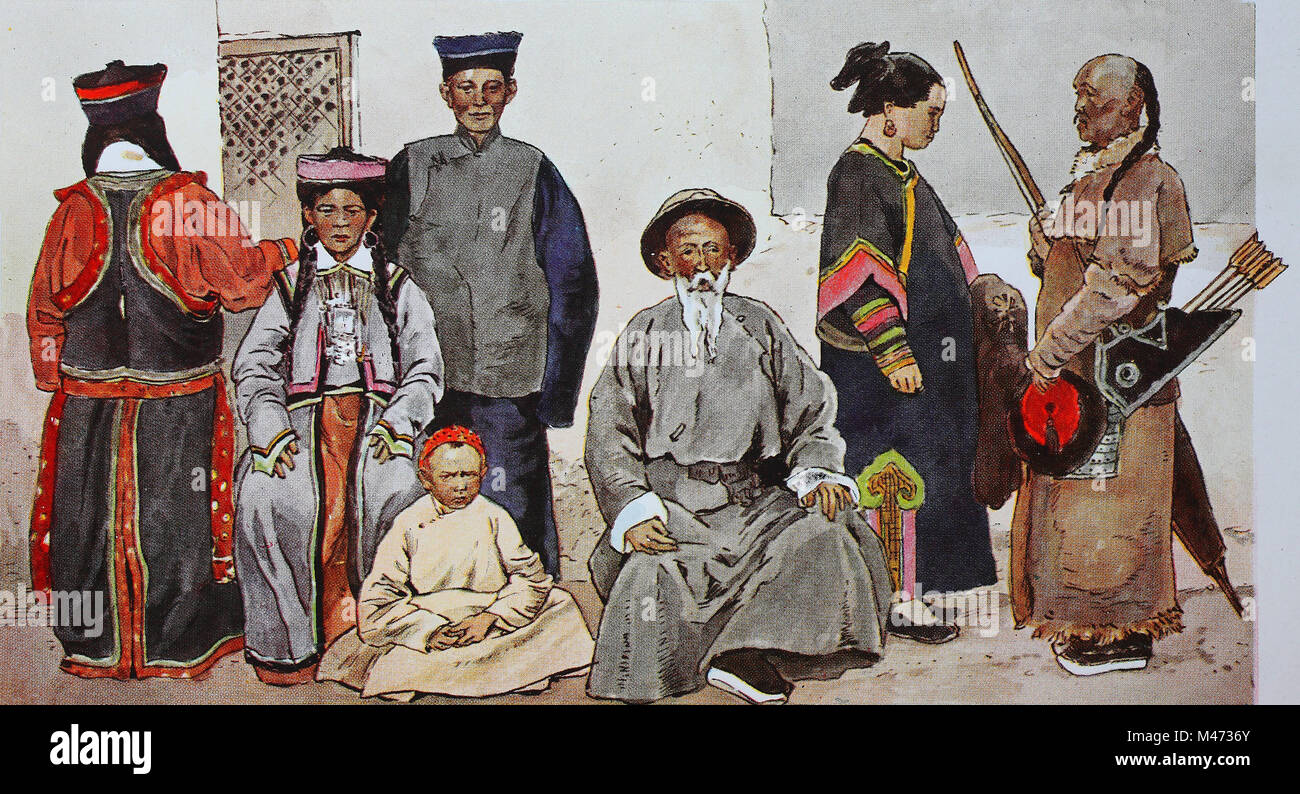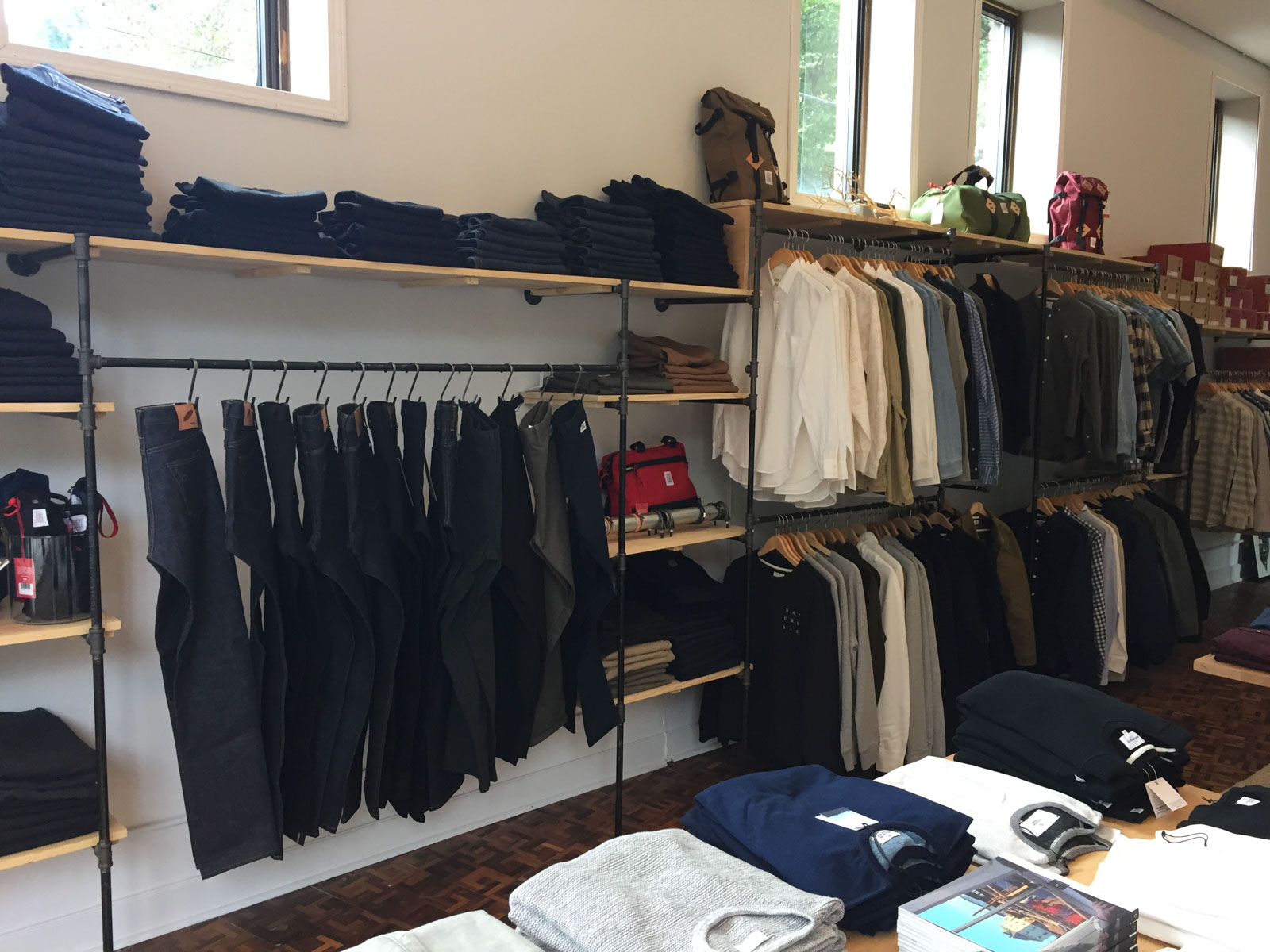Experience the Sophistication of Standard Eastern Clothes
Start a journey with the intricate globe of conventional Eastern clothes, where each garment narrates woven with cultural richness and historical significance. From the vibrant tones of a Chinese qipao to the regal beauty of a Pakistani shalwar kameez, these garments supply a look into a globe where workmanship meets virtuosity. The combination of glamorous materials and delicate needlework techniques develops a tapestry of style that goes beyond borders and time. Join us as we unravel the keys behind these elegant items and find the allure of Eastern attire that has astounded generations.
History of Eastern Outfit
Eastern clothes has a rich background that goes back centuries, mirroring the varied societies and practices of areas such as Asia and the Center East. The apparel styles in these regions have actually been influenced by different factors such as environment, religious beliefs, social status, and historical occasions. In Asia, traditional outfit varies considerably from the vibrant saris used in India to the sophisticated bathrobe of Japan. The Middle East boasts a broad variety of clothing designs, from the moving abayas of Saudi Arabia to the detailed kaftans of Morocco.
Throughout history, Eastern attire has not just functioned as a type of clothes however additionally as a sign of cultural identity and heritage (eastern wear pakistan). Fabrics like bed linen, cotton, and silk have been typically made use of, with styles and patterns usually holding substantial meanings or standing for aspects of nature or spirituality. Standard garments have been passed down through generations, with each piece lugging a sense of background and tradition. Today, Eastern outfit remains to progress, mixing traditional components with modern style patterns to develop timeless and one-of-a-kind styles.
Relevance of Embroidery
Needlework plays an essential role in typical Eastern outfit, including complex details and cultural relevance to garments that have actually been given with generations. In Eastern cultures, embroidery is not simply ornamental but holds deep symbolic significances. Each stitch and pattern can communicate stories, ideas, and also social status.
The art of needlework in typical Eastern outfit is a labor-intensive process that calls for ability and patience. Extremely skilled craftsmens carefully hand embroider complex designs onto materials using methods that have actually been improved over centuries. These embroidered designs usually mirror the abundant social heritage of the area they stem from, showcasing themes influenced naturally, mythology, or historic occasions.

Elegant Fabrics Used
Luxurious fabrics play a crucial function in enhancing the style and luxury of conventional clothes throughout diverse Eastern cultures. Silk, renowned for its soft qualities and shine, is a preferred selection for many conventional garments due to its luxurious feel and ability to curtain with dignity. In countries like India, China, and Japan, silk has a long history of being utilized in typical clothing, symbolizing riches and condition.
One go more commonly used lavish textile is brocade, characterized by detailed patterns woven into the material. Brocade includes a touch of class to garments and is frequently seen in ritualistic clothing and official wear. Velour, with its plush appearance and rich look, is additionally a preferred selection for conventional clothing in Eastern societies, particularly for special celebrations and festive occasions.
Moreover, chiffon, satin, and organza are frequently made use of for their running and lightweight qualities, adding a feeling of special and elegance to garments. These extravagant textiles you can try these out not only boost the aesthetic charm of standard Eastern clothing but likewise add to the overall appeal and charm of the wearer.
Craftsmanship Strategies
Standard outfit in various cultures showcases impressive workmanship methods that are given with generations, highlighting the skill and artistry involved in developing these splendid garments. Each needlework, stitch, and embellishment is meticulously crafted to develop classic pieces that personify the cultural heritage and customs of the region. The craftsmanship techniques utilized in standard Eastern attire frequently entail complex handwork, such as hand weaving, hand needlework, and hand beading, which require precision and attention to detail.
Artisans that specialize in these strategies go through years of training to excellent their skills and master the typical methods of garment construction. The use of high-quality materials combined with professional craftsmanship leads to garments that not only look visually spectacular yet likewise stand the examination of time. The devotion to preserving these workmanship techniques makes certain that each item of conventional Eastern clothes is an artwork, showing the abundant cultural background and heritage of the area.
Ageless Elegance and Charm

The intricate embroidery, delicate beadwork, and lavish materials utilized in typical Eastern outfit add to its unequaled appeal. The meticulous workmanship passed down with generations guarantees that every view publisher site piece emanates and tells a story class and elegance.
Moreover, the timeless silhouettes and graceful draping of standard Eastern attire include to its long-lasting beauty. The flowing lines and stylish styles develop a feeling of harmony and balance that is both emotionally exciting and visually appealing.
Fundamentally, the ageless beauty and elegance of conventional Eastern attire function as a testament to the ability and artistry of the craftsmen that devote their lives to preserving these charming sartorial customs. - eastern wear pakistan
Conclusion
To conclude, the sophistication of typical Eastern clothes is a testament to the abundant history, social significance, and detailed workmanship of the region. From the elaborate needlework to the extravagant textiles and timeless appeal, each garment narrates and reflects the cultural identification of its beginnings. Embracing Eastern clothes permits one to value the creativity and beauty that have been passed down with generations, creating really charming and fascinating items.
Embark on a trip via the complex globe of typical Eastern outfit, where each garment informs a tale woven with cultural splendor and historical value.Needlework plays an essential function in standard Eastern clothes, including complex details and cultural value to garments that have actually been passed down with generations.Glamorous fabrics play a pivotal role in improving the style and opulence of traditional clothing across varied Eastern cultures. The craftsmanship methods made use of in typical Eastern clothes commonly entail complex handwork, such as hand weaving, hand embroidery, and hand beading, which call for precision and interest to detail.
In verdict, the beauty of typical Eastern attire is a testimony to the abundant history, cultural relevance, and intricate workmanship of the region.
Comments on “Most Current Trends in Eastern Wear Pakistan : A Comprehensive Overview for 2024”